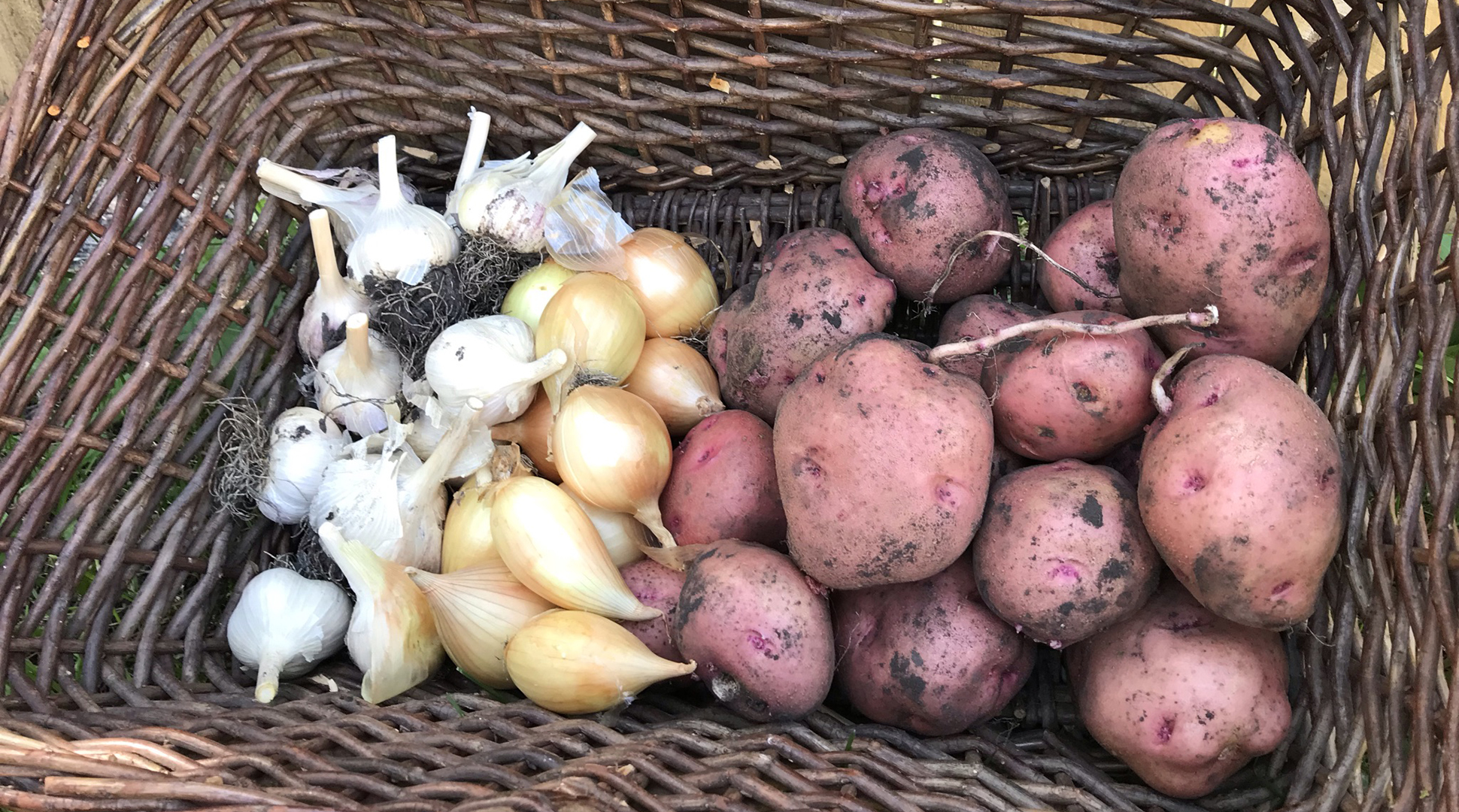By Carrie Knutson
Gardeners across the state have put many hours into their gardens this growing season and hopefully there is extra produce to store over winter. It is important to store garden produce correctly so your efforts are not wasted.
Different fruits and vegetables require different storage conditions. Three storage factors to consider are temperature, humidity and air flow. According to the University of Minnesota Extension, common storage conditions are cool and dry (50 to 60 degrees Fahrenheit and 60% relative humidity), cold and dry (32 to 40 degrees Fahrenheit and 65% relative humidity) and cold and moist (32 to 40 degrees Fahrenheit and 95% relative humidity).
Basements are usually cool and dry storage; think utility or storage rooms. Refrigerators are cold and dry storage. Cold temperatures of 32 degrees Fahrenheit can be hard to find in our homes, but root cellars or unheated spaces like garages may meet the need short-term.
Do not forget that your fruits and vegetables need to breathe too! They need oxygen and air movement to maintain quality and prevent mold or bacteria development. Storing them in open containers with space around the vegetables will help with airflow.
Here are a few garden favorites and their storage requirements:
- Onions and garlic should be stored in cool and dry conditions. Keep them away from moisture.
- Potatoes should be stored in cool and dry conditions with good air movement. Keep them away from light and do not put them in the fridge. Cold temperatures will convert the starch in the potato into sugar, affecting the flavor.
- Winter squash has the same storage requirements as potatoes and should not be put in the fridge for the same reason listed above.
- Apples, beets, rutabagas and carrots should be stored in cold and moist conditions. Perforated plastics bags can be used to increase the humidity in a fridge. The green tops of beets, rutabagas and carrots should be removed before storage. Leave about a one-half inch of the tops so you do not cut into the vegetable.
Periodically check for storage issues if you are not using your produce regularly.
I have some onions, garlic and potatoes to store for eating over the winter. Unfortunately, my buttercup squash was not as successful. The five squash I harvested are going to get eaten before they make it into storage! Happy gardening!
For more information about gardening, contact your local NDSU Extension agent. Find the Extension office for your county at https://www.ag.ndsu.edu/extension/directory/counties.
Knutson is the Grand Forks County Extension agent.
